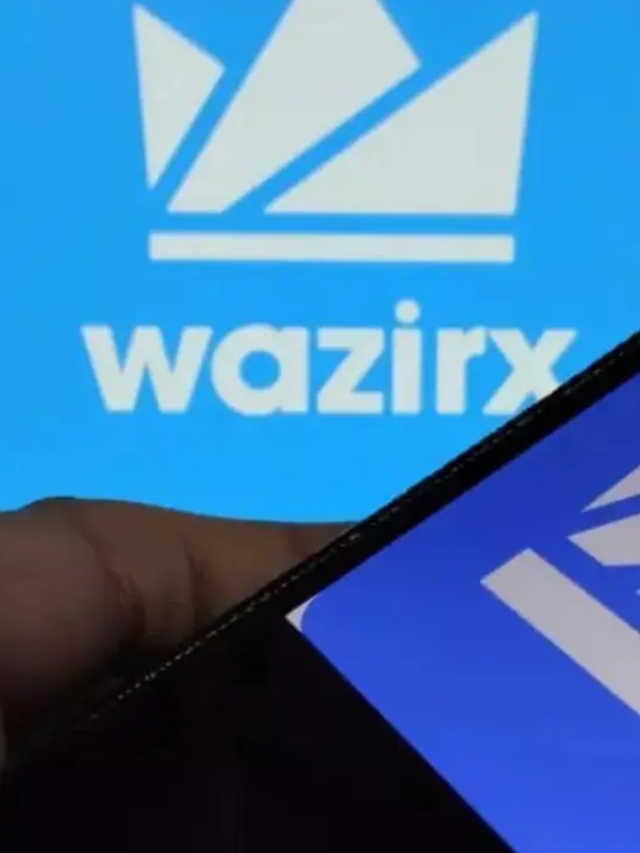Recent innovation ripening up in the financial sphere is stablecoins like Tether (USDT) and USD Coin (USDC). These digital currencies are created to be held at a stable value by being collateralized against assets like the US dollar. More usage definitely increases the regulatory requirements, and that is where governments and financial regulators are stepping in to lay the new groundwork for the oversight of these cryptocurrencies.
Besides, stablecoins are a simple way of transaction and value storage; they are applied for goods and services payments, and they are mostly demanded by traders in cryptic markets. However, these advantages have been put under serious threats to financial stability, safety,safety, and transparency as a result of the incredibly rapid spread and growth of stablecoins. More and more often, regulators wish to see their integration with new regulatory regimes.
Key regulatory changes
Increased transparency requirements
Another important transition is the need for more transparency. Public disclosures of the reserves and mechanisms used to keep the coins stable might be made mandatory by regulators from issuers of stablecoin;; in other words, mandatory audit and disclosure on a regular basis. These are measures that look to safeguard against the stablecoin having inadequate backing.
Issuance Standards
The other dramatic change has to do with establishing more rigorous issuance standards. Those behind stablecoins will be subjected to greater scrutiny to verify that they are whole and well and that they can carry and support their coins as necessary. This could mean holding more financial reserves or following the prescribed operating rules.
Enhanced consumer consumer safeguards
The second focus area is consumer protection. Any new regulations are likely to have measures to protect protect users from loss or fraud. This could mean the creation of compensation schemes or best practices to be adhered to by the issuer for user security.
Regulatory Oversight
Such moves by regulators are already underway, with talks of establishing distinct bodies to regulate stablecoin activities. This can range from creating stand-alone agencies with the primary responsibility of looking out for compliance with appropriate measures to, for instance, extending the role of some financial regulators to maintain safety and act early whenever problems exist with the coins.
For average users, it could mean even more faith in the stability and security of the digital assets they hold. This might breed assurance that the market tends to look at stablecoin issuers with high standards and that these issuers back their coins with real assets. This might further enhance the general stability of the financial system to such an extent that people can rest assured when unexpected, sudden changes and chaos take place.
Issuers of stable coins will have to adjust to the new regulations. They may, from time to time, experience high operational fees since they will have to become compliant and do regular audits. On the other hand, these regulations may have their advantages, including trust from the clients who will have extensive use of their coins in the market.
While these new regulations are being developed, their implementation and, very likely, further evolution will occur to address market needs and gain regulatory experience. Issuers and users should equally remain informed about these changes. That is, with an understanding and ability to adjust to the changing regulatory landscape, both will be better positioned to maneuver within the world of stablecoins.
Conclusion
Regulating stablecoins such as Tether, USDT, and USD Coin will create a more secure and transparent digital ecosystem for finance. It will be in line with this, seeking to balance innovation with safety, ensuring that stablecoins continue to be fit for purpose without threatening financial stability. It will also be informed on how to navigate the richly routinized and changing world of digital currencies and the landscape of digital currencies.




















